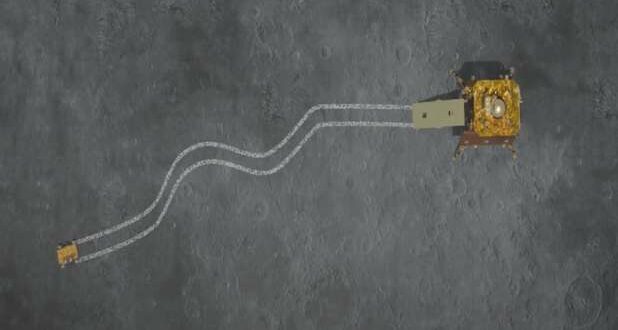With Chandrayaan-3 reaching the Moon and Pragyan Rover walking on its surface, the question has come to the fore that when there will be darkness on the south pole of the Moon and the temperature on it will reach -180 degrees (180 degrees) or very low, then Pragyan Rover will What will he do? The temperature at some craters on the Moon’s south pole can drop as low as minus 203 degrees because these places are home to permanently shadowed regions that haven’t seen sunlight for billions of years. Keeping this in mind, know what Pragyan Rover is doing on the moon.
Hours after the Vikram lander touched down on the moon, the Pragyan rover lifted off and did its first moon walk, imprinting India’s national emblem and ISRO’s logo on the lunar surface.
Taking a giant leap in the space mission, India’s lunar mission ‘Chandrayaan-3’ landed on the south pole of the Moon at 6.04 pm on August 23, making the country the world’s first to land on this region of the Moon and a successful ‘soft landing’ on the lunar surface. It has become the fourth country in the world to do so.
After successful experiments on the lunar surface, both Vikram Lander and Pragyan Rover will be permanently stationed on the Moon. They will not return back to earth.
The Pragyan rover will probe the mineralogical composition of the lunar surface and also determine the composition of magnesium, aluminium, silicon, potassium, calcium, iron and titanium in the lunar soil and rocks around the lunar landing site.
One day on the Moon is equal to 14 days on Earth and the same is true for the night. When the Sun sets over the Moon, the temperature drops rapidly to minus 180 degrees or below. So after 14 earth days (from August 23, 2023), Pragyan and Vikram will be inactive. But ISRO scientists are hopeful that Vikram and Pragyan are likely to be reactivated after 28 days when it is daylight on the moon again, which will be a bonus reward for India’s lunar mission.

(180 degrees)
 Indian Thought Latest News & Views
Indian Thought Latest News & Views


